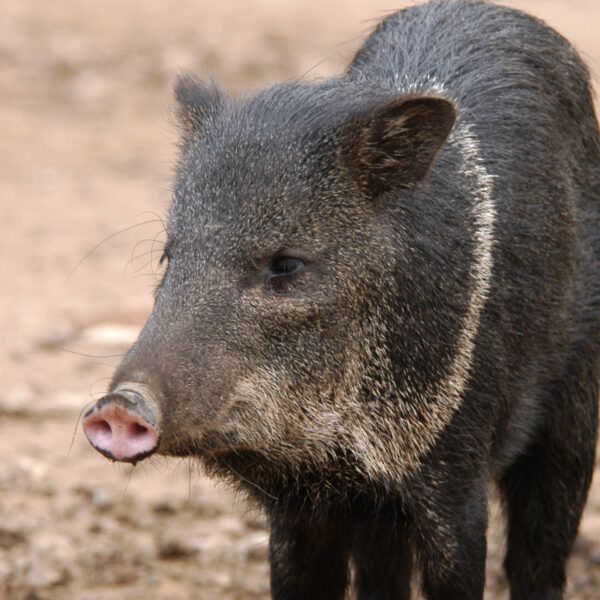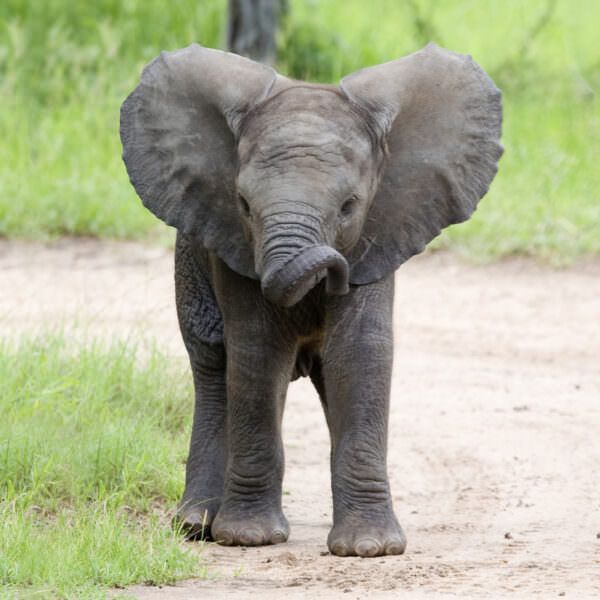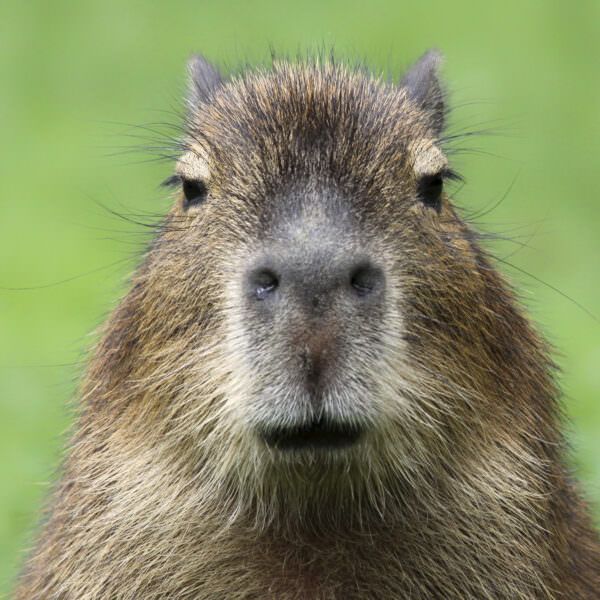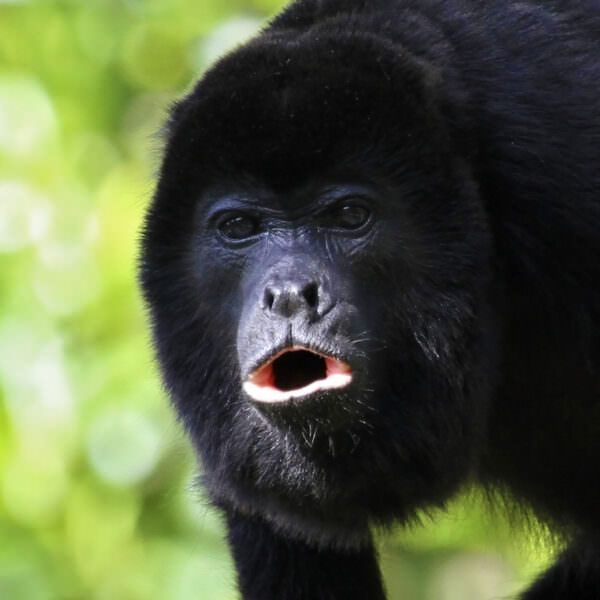Anatomy
This cat-sized mammal, typically weighing 8-9 pounds, has a round head, a short snout, small eyes, long legs, tiny ears and a stubby tail. Sloths have long, coarse fur that is light brown in color, but often appears green due to the blue-green algae that grow there. Instead of toes, their front and hind feet have three curved claws that allow them to easily hook onto tree branches and hang upside-down.
Sloths can rotate their heads nearly 90 degrees, and their mouths are shaped so they look like they are always smiling. Males are distinguishable from females because they usually have a bright yellow or orange patch of fur located between their shoulders.
We're All In
Together, we're building a future where people and nature thrive. Sign up today and join our movement...
Habitat
The three-toed sloth is an arboreal animal, inhabiting the tropical forests of Central and South America. Their algae-covered fur helps camouflage the sloth in its forest environment. Sloths spend nearly all of their time in trees, descending to the ground only once a week to defecate.
Diet
Sloths are herbivores (plant eaters), feeding on a low-energy diet of leaves, twigs and fruit. Because of their slow movement and metabolism, it can take up to a month for a sloth to digest a single meal.
Threats
Sloths are among the slowest-moving animals on Earth; they can swim but are virtually unable to walk. This makes them an easy target for jaguars, eagles, and people that hunt sloths for their meat. The brown-throated three-toed sloth population is threatened by deforestation, habitat fragmentation, and human encroachment. In addition, their restricted diet prevents them from thriving in captivity.
Sources
- Jukofsky, Diane. Encyclopedia of Rainforests. Connecticut: Oryx Press, 2002.
- San Francisco State University
- Enchanted Learning
- IUCN Red List of Threatened Species



